- پروگرامرها
- دما و رطوبت
- سایر ماژول ها
- سنسور بخار سرد
- کی پد و جوی استیک
- ماژول GPS-GPRS
- ماژول رله و سوییچ
- ماژول شبکه
- ماژول نمایشگر
- ماژول های RF
- ماژول های RFID
- ماژول های پخش صدا
- ماژول های پردازش تصویر
- ماژول های تاریخ و ساعت
- ماژول های تغذیه – ولتاژ – جریان
- ماژول های ذخیره داده
- ماژول های شتاب سنج و ژیروسکوپ
- ماژول های مبدل
- ماژول های محافظ شارژ باتری
- ماژول های مولد پالس
- ماژول ولتمتر و آمپرمتر
LCD کاراکتری 16*2 بک لایت آبی
۱۵۴,۰۰۰ تومان
| (Min)Operating Supply Voltage |
3.3V |
|---|---|
| (Max)Operating Supply Voltage |
5.0V |
| LED Backlight |
Blue & White |
| Display Format |
16characters x 2lines |
| Dimensions |
80x36mm |
| Viewing Area |
70x23mm |
موجود در انبار
30
نفر در حال مشاهده این محصول هستند!
دسته: ماژول نمایشگر, ماژول ها
توضیحات
Commonly Used in:
Student Project, copiers, fax machines, laser printers, industrial test equipment, networking equipment such as routers and storage devices.
can say best 16X2 blue and white lcd in the world, displays so beautiful, you could light up together with other brand and compare!
LCD 16×2 Interfacing

16×2 Character LCD Pinout
Before we get into the hookup and example code, let’s check out the pinout. A standard character LCD has 16 pins (except for an RGB LCD, which has 18 pins).
GND is the ground pin.
VCC is the LCD’s power supply and is typically connected to 5 volts.
Vo (LCD Contrast) pin controls the contrast of the LCD. Using a simple voltage divider network and a potentiometer, we can make precise contrast adjustments.
RS (Register Select) pin is used to separate the commands (such as setting the cursor to a specific location, clearing the screen, etc.) from the data. The RS pin is set to LOW when sending commands to the LCD and HIGH when sending data.
R/W (Read/Write) pin allows you to read data from or write data to the LCD. Since the LCD is only used as an output device, this pin is typically held low. This forces the LCD into WRITE mode.
E (Enable) pin is used to enable the display. When this pin is set to LOW, the LCD ignores activity on the R/W, RS, and data bus lines; when it is set to HIGH, the LCD processes the incoming data.
D0-D7 (Data Bus) pins carry the 8 bit data we send to the display. To see an uppercase ‘A’ character on the display, for example, we set these pins to 0100 0001 (as per the ASCII table).
A-K (Anode & Cathode) pins are used to control the backlight of the LCD.
Additionally, wire a 10k potentiometer to +5V and GND, with it’s wiper (output) to LCD screens VO pin (pin3).
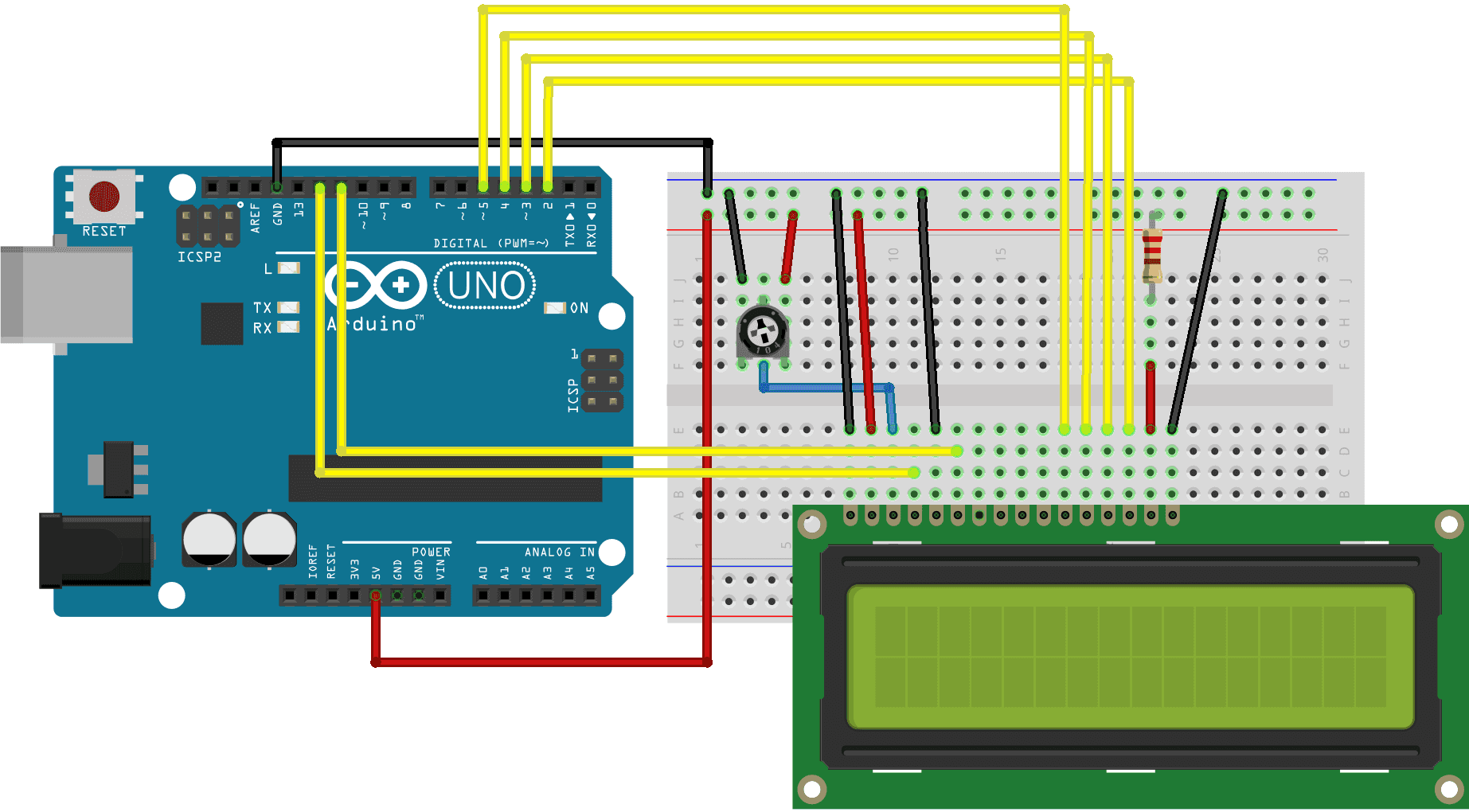
نظرات (0)
اولین نفری باشید که دیدگاهی را ارسال می کنید برای “LCD کاراکتری 16*2 بک لایت آبی”
محصولات مشابه
ماژول کاهنده LM2596 حداکثر جریان خروجی 3 آمپر
۷۸,۰۰۰ تومان
ماژول میکروفون دیجیتال با چیپ LM393
۷۱,۰۰۰ تومان
ماژول تغذیه برد بورد
۷۲,۰۰۰ تومان
تگ RFID سر کلیدی فرکانس 13.56MHz
۲۰,۰۰۰ تومان
ماژول وای فای و بلوتوث ESP32-CAM
ماژول دما و رطوبت DHT11
ماژول راه انداز lcd 2×16 با ارتباط i2c چیپ PCF8574
۷۰,۰۰۰ تومان



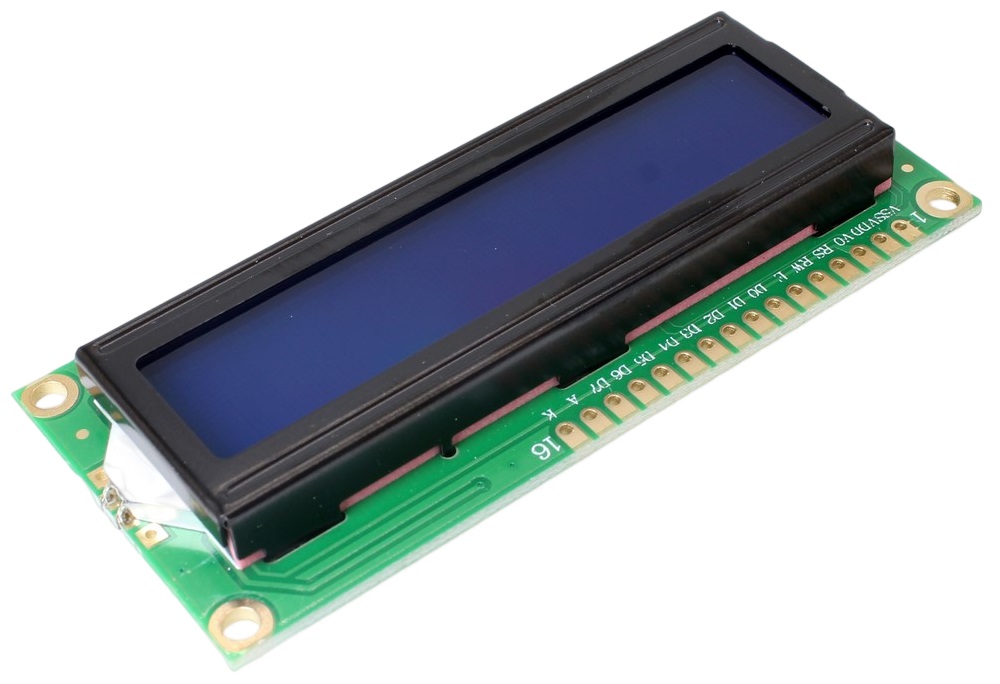
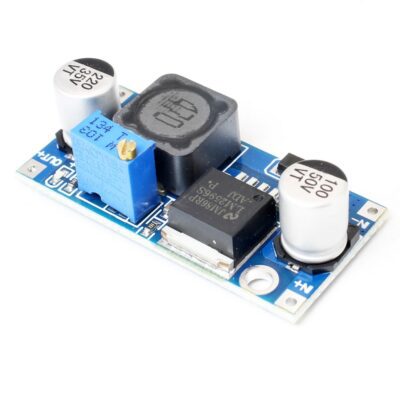
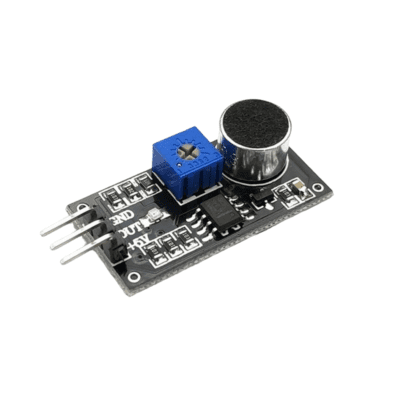
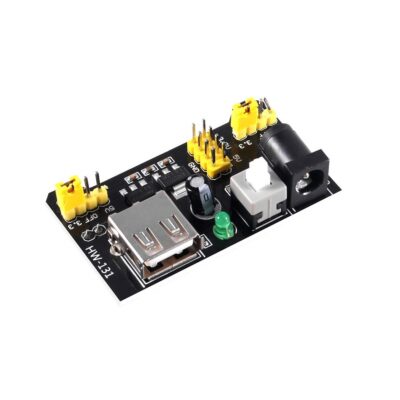
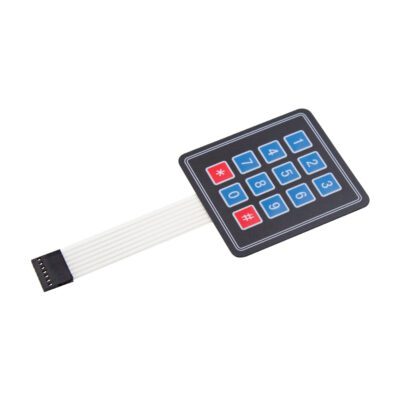

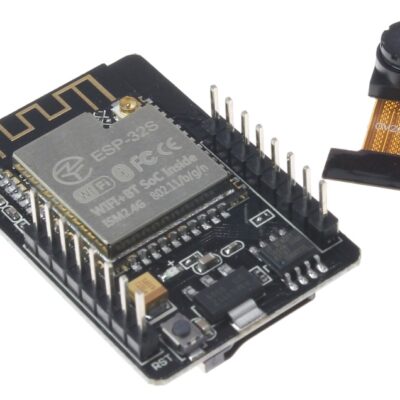
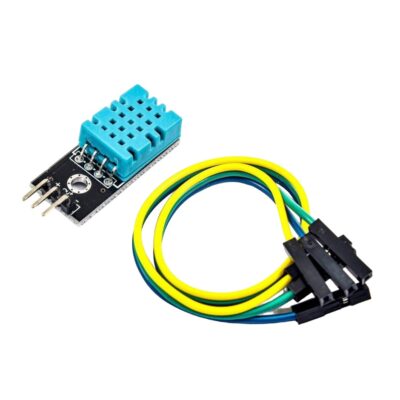
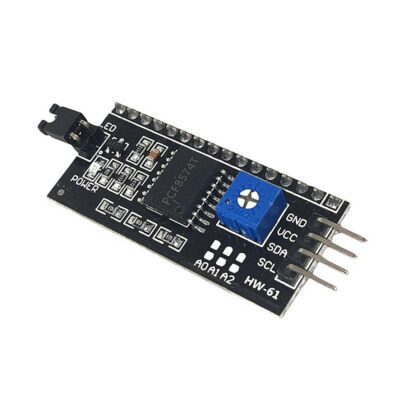


دیدگاهها
هیچ دیدگاهی برای این محصول نوشته نشده است.